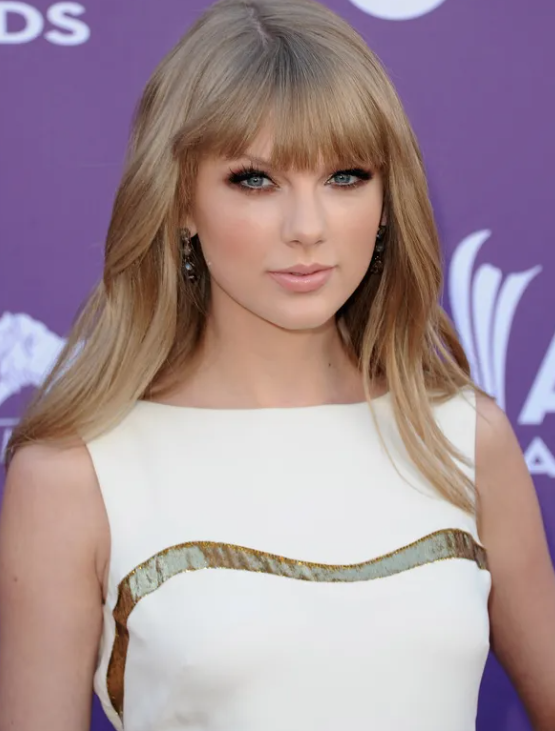
X has blocked searches for Taylor Swift after explicit AI-generated images of the singer went viral on the site.
The images spread rapidly and were viewed a million times, which alarmed US officials and fans of the singer.
According to the BBC, ‘The photos prompted X, formerly Twitter, to release a statement saying posting non-consensual images on the platform is strictly prohibited. We have a zero-tolerance policy towards such content. Our teams are actively removing all identified images and taking appropriate actions against the accounts responsible for posting them.’
Recent advancements in artificial intelligence has allowed anyone to create fake videos and images, leading to the rise of spread of false information, and manipulation of public opinion.
Deep fakes use artificial intelligence to make a video or image of someone by manipulating their face or body. It has been used to threaten individuals and corporations.
Celebrity deep fakes have come to advertising and is reshaping the norms.
Marketers can use authorised deep fakes to feature stars in ads without needing them to appear on-set or in front of cameras, bringing down costs and unlocking new creative opportunities.
For example, Mondelez won multiple titles at Cannes Lions Festival of Creativity – including India’s first Titanium Lion for its AI-made Cadbury ad.
The campaign allowed local shop owners to featured alongside actor Shahrukh Khan’s deepfake video and create a free personalised ad for their small businesses by sharing basic information about their services.
AI was then used to create a deep fake using the actor’s face and voice to talk about the store.
On the negative side, unauthorised deep fakes can be dangerous for Celebrities, where unauthorised digital copies of them can manipulate and damage their brand and reputation.









